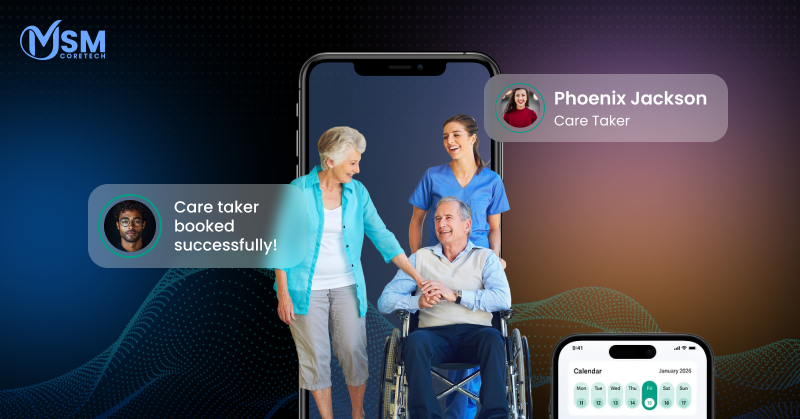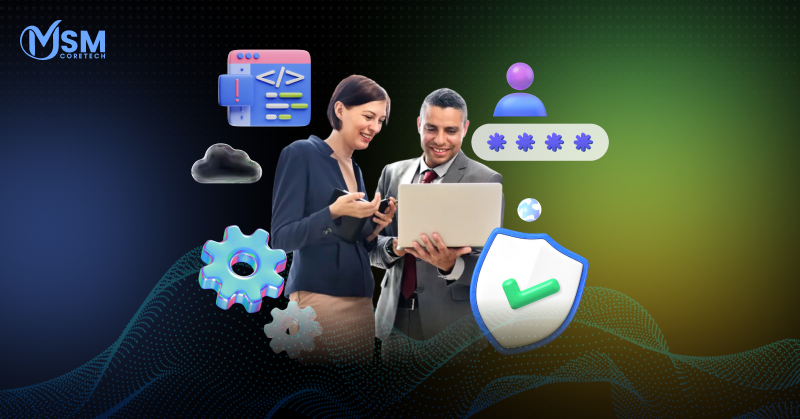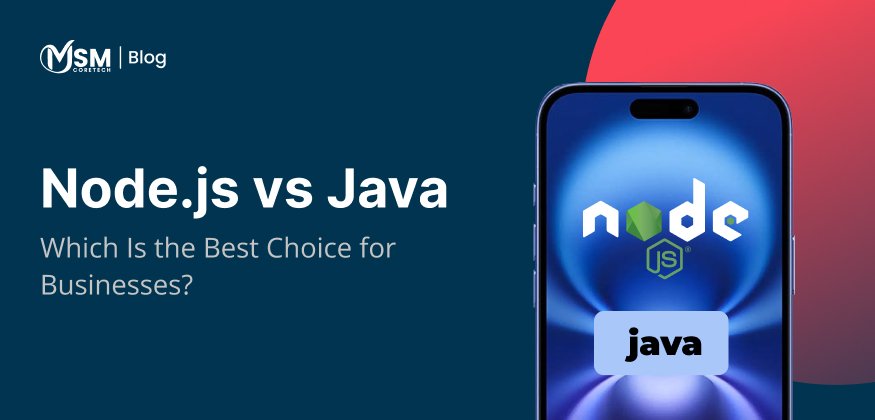How Much Does It Cost To Build Aged Care Management Software?

The healthcare industry is constantly evolving because of the rapid growth in aging populations and reduced staffing. Now the requirement of accessible medical facilities is more vital than ever. As a result, custom application development for aged care management software is on the rise. Moreover, this rise has also turned these health care apps from “preferred” into the functional support for elder care.
According to a recent report by WHO, it is seen that from 2015 to 2050, the percentage of the world's population over 60 years will practically increase from 12% to 22%. In other words, 1 out of 5 people will be above 60 years old by 2050. Now healthcare organizations are looking to enhance patient care, operational efficiency and cost management. The need for precise medical billing software is also growing. In addition, healthcare organizations are working to optimize their operations to reduce the administrative expense and cash flow.
What Is Aged Care Management Software?
An elderly care home management system is the software of information and the course of action for managing elders’ care. They are done throughout home care, supported living, professional nursing, rehabilitation, and following acute transitions. Specifically, It handles clinical evaluations, personalized care plans, duties and rounds, electronic medical records (eMAR), emergency reporting, telehealth/RPM, record keeping, billing/claims, and family notifications by combining with pharmacies, payers, EHRs/EMRs, and scheduling technology.
Who makes use of it?
- Care coordinators
- Therapists
- Compliance team
- Nurses
- Aides
- family members (via portal)
Why is it necessary now?
Lack of staffing, increasing seriousness, value-driven contracts and the visible requirement to avoid unnecessary ED visits and return visits.
Significance of Senior Care Management Software
Aged care management software is vital for optimizing efficiency and maintaining compliance. These software applications offer better and more personalized living care to elderly individuals. It smoothens operations by gathering data and automating manual tasks like reporting and checkup scheduling. It improves communication and better health care for staff and families. This leads to cost savings, reduced errors, and the elimination of manual work.
Team Effectiveness
In nursing home management software, features like live monitoring and centralized patient data help service providers offer reliable and precise support. It promotes efficient decision-making, allows on-time interventions, and makes sure every individual gets personalized care based on live data.
- Mobile responsive tasking, health checklists, and reminder or note designs minimize extra entry and administrative tasks.
- Reduced manual work time using different tools; more skilled tasks.
Trust Within Family
Build trust with family members by allowing them to track healthcare plans and status. This allows remote communication to keep updated and engaged. It lets families make informed decisions even from a distance. These features make it attractive for families.
- Safe portals that allow visit overviews, communications, invoices, and payments.
- Reduces incoming calls and enhances transparency.
Clinical Excellence
An elderly care home management system offers serious quality by automating tasks like scheduling, reporting, and billing. This smoothens operations and minimizes the manual tasks that allow healthcare organizations to give more time to patients and less time on repetitive clerical tasks.
- Use eMAR, escalation rules, and standardized yet personalized plans to close care deficits.
- Fewer med-related mistakes and more regular follow-ups on falls, injuries, and transitions.
Financial Efficiency
An old care software helps manage payment monitoring, creates invoices, and handles all insurance claims. These software can also be combined with healthcare billing systems to streamline the financial management It decreases manual work to make service more manageable for all parties.
- Has cleaner documentation, which means better coding, claim scrubbing, and first time approval.
- Fast cash processes and reduced DSO through automated early authentication, eligibility, and payment processing.
How Much Does it Cost for Elder Care Software Platform Development?
The average cost to build elder care or old age care workflow management software in 2025 generally goes from $40,000 to over $400,000. However, the cost of development is based on the features, complexity, platform choice and other integration needs of the software. Therefore, below are the main factors that impact the complete development cost of this old care software.
1. Compatibility of Devices and Platform
The cost of developing old-age care management software increases when multiple platforms like website based dashboards, iOS, and Android are included. Although hybrid app development provides easy access, it also requires more reliable testing processes and coding frameworks.
2. UI/UX Design Needs
Customized nursing home management software for seniors demands more design time and specific resources. In other words, this software must have interfaces that deal with visual and brain disabilities, which typically need specific designs and interactive components.
3. Range of Features
Adding advanced features into old age unit care platforms like AI or real time tracking, adds to development duration and the cost. Each time a new feature requires coding, design, testing and other third-party service integrations.
4. Third-Party Integration
Integrating an elder care software solution with wearable devices like watches, EHRs or emergency devices needs extra backend or API tasks. Moreover, These integrations make sure the software is complete but need compatibility verification and data processing frameworks.
5. Security and Compliance Requirements
Additional cost is incurred in encryption and secure architecture is important to assure compliance with GDPR, HIPAA and other regulations. As a result, the time and expense of developing elderly care home management solutions are increased by creating secure data workflow, user authentication and audit logs.
6. Support and Maintenance
Long-term development budgets are impacted by technical support, server administration and ongoing updates. In addition, the maintenance assures software reliability and involves regular fixes, functionality enhancements and adjusting regulatory upgrades.
Breakdown Table for Development Cost
Understanding the development stages for assisted living management software is very important for estimating a budget. Therefore, to help you understand where your investment is going and how to maximize it, the cost breakdown table below lists the approximate expenses for design, costing, testing, integration and maintenance.
| Development Stage | Estimated Cost Range |
| Research and Planning | $3,000 to $7,000 |
| UI/UX Designing | $5,000 to $15,000 |
| Development | $20,000 to $80,000 |
| APIs and Other Integration | $5,000 to $20,000 |
| QA and Testing | $3,000 to $10,000 |
| Deployment and Maintenance | $4,000 to $18,000 |
Must-Have Features of Elderly Care Management Software
Here are the module-wise features of assisted living management software. To start with, these features improve usability and understanding.
A. Care and Collaboration
- Remedial actions, incident/near-miss reporting, and RCA.
- Handoffs, voice and photo notes, and late-task notifications during tasking and rounds.
- Interaction checks, eMAR, refill workflows, med reconciliation.
- Admission and assessments (pain, fall risk, cognition, ADL/IADL), and personalized dietary care plans.
- Virtual health and Remote Patient Tracking (blood pressure, blood oxygen level, weight, and glucose) with adjustable thresholds.
B. Compliance and Operations
- Skills-based scheduling, shift bidding, and geofencing for house calls.
- Immutable logs, audit trails, progress notes, and templates.
- Device governance, offline mode, SSO/MFA, and role-based access.
- Payer regulations, EDI/X12, billing and claims (HCPCS/CPT/DRG), and denials management.
C. Final Results and Engagements
- Family portal updates like payment, checkup or meds notification, documentation, and multilingual UI.
- Interfaces for staffing ratios, quality KPIs, case mix and redemption risk.
- In the middle of your build, many providers enhance the platform with a field-tested partner app through a cross platform web development company (barcode med scanning, safe wound photos, and dependable offline sync).
D. IT or Developer
- Monitoring like traces, logs, and metrics, and reports with tested RPO/RTO.
- Webhooks, open APIs, SFTP/EDI, and FHIR/HL7 adapters.
- Encoding at rest, in transit, important management, private vaulting.
- Multi-user control for group operators or organizations.
Complete Guide for Senior Care Management Software
A right development partner helps with establishing a comprehensive approach from research and designing to the complete development, essential regulatory and deployment. Therefore, here is a complete guide that defines the important stages to develop trustworthy and expandable retirement home management software.
1. Identifying the Needs
Begin by gathering the requirements of healthcare providers, facilities and customers to establish the main objective. In this stage, aged care management software development assists in meeting the software’s goals with customer expectations and industry regulations.
2. Framework & UI Designs
Design easy and usable interfaces specific to both elderly customers and healthcare providers for better usability. Prototypes and wireframes are designed to test flow within software and customer engagement early in the stage.
3. API & Backend Architecture
Configure a safe yet expandable backend. Build APIs for integration with third-party apps or devices that are wearable. As a result, effective backend planning makes sure the software can manage data-sensitive tasks without any possible delay.
4. Functionality Development
Start with building all important modules first. They can include dashboards for client management, notifications, interaction, and the billing dashboard. Meanwhile, developers build features continuously and combine them while taking care of safety and performance.
5. QA & Testing
Before the release, complete quality assurance testing, accessibility testing and validation of compliances like GDPR or HIPAA are to be done. It provides an error-free experience, sticks to industry related guidelines and improves reliability.
6. Deployment & Support
Deploy to selected platforms and provide ongoing maintenance for upgrades, bug resolutions, and customer feedback. After this, offerings guarantee system uptime, improve customer satisfaction, and assist growth according to the user requirements.
Wrapping It Up
Senior care management software is changing how we care for senior people by providing safe,adaptable and comprehensive platforms that improve the lifestyle of both elderly people and healthcare providers.
In 2025 and coming years, the trend for digital care, real-time tracking, and patient-focused software will only rise. Therefore, if you are a healthcare service provider, healthcare agency, or tech-based company, putting efforts into building elder care management roles keeps you at the cutting edge of innovation in elderly health solutions.
In summary, by knowing the cost structure, important features, and coming trends, one can come to a sensible conclusion. A platform should meet both the user’s needs and industry standards. And for this you can hire the top custom software development company to get reliable software developed.
FAQs
What is the main use of aged care management software?
The platform helps healthcare service providers and families to handle elderly care related tasks like arranging medication, health tracking, and communications. The software takes care of important health and personal care components to work seamlessly for better performance.
Is it possible to integrate old age unit care software with wearable devices?
Yes. Old age care software in 2025 promotes seamless integration with health trackers, safety alerts for wearable devices and biometric sensors. These integrations allow live tracking with personalized healthcare service delivery.
Can we apply HIPAA compliance to old care software?
Yes, the majority of healthcare platforms are developed with HIPAA regulations. It is done to protect personal and health related details. This provides secure storage, safe communications, and role-based access to sensitive medical details.
Can we migrate old-age health care platforms to the cloud?
Absolutely, cloud based healthcare platforms are widely used for flexible, remote usage and data backup. They allow health providers and family members to use or view patient data at any time and from any location effectively.
Who are the focused users of elder care software?
Healthcare firms, home caretakers, healthcare service providers, and family members of old-aged patients utilized the software. It smoothens elderly care and boosts outcomes. Each group of users gets some advantages of enhanced coordination and effective service delivery of these platforms.
Related Blogs

How to Integrate Legacy Systems: Key Challenges & Proven Strategies
Discover how to integrate legacy systems seamlessly with modern technology. Learn the top challenges, practical strategies, and tools that ensure efficient, secure, and scalable digital transformation.
Read More

Node.js vs Java: Best for Web Development?
Compare Node.js vs Java to understand which backend technology suits your project better — from performance and scalability to development speed and ecosystem support.
Read More

How to Get Started with React Flow - Build Interactive Workflows
Learn how to get started with React Flow in this step-by-step tutorial. Discover how to build interactive, customizable workflows using React Flow’s powerful tools and components.
Read More
